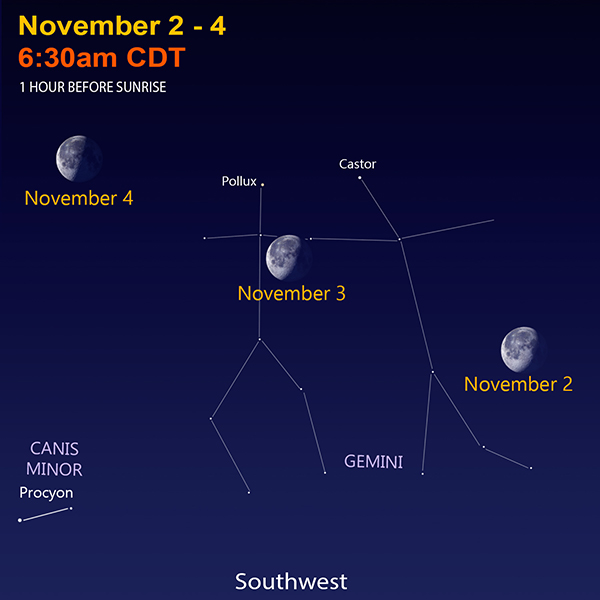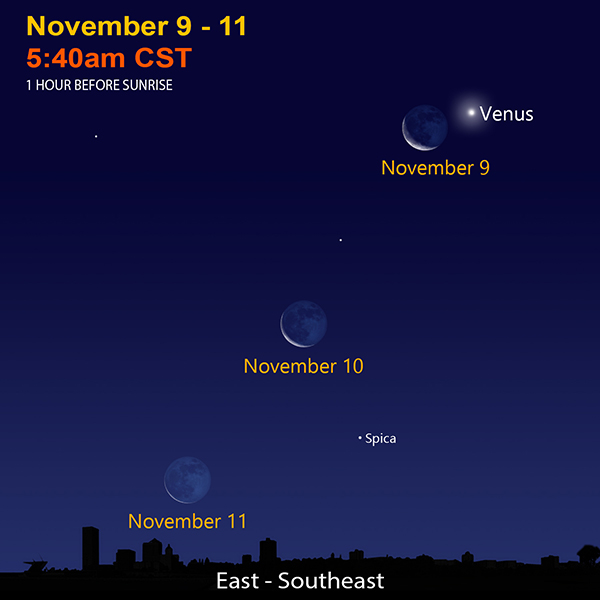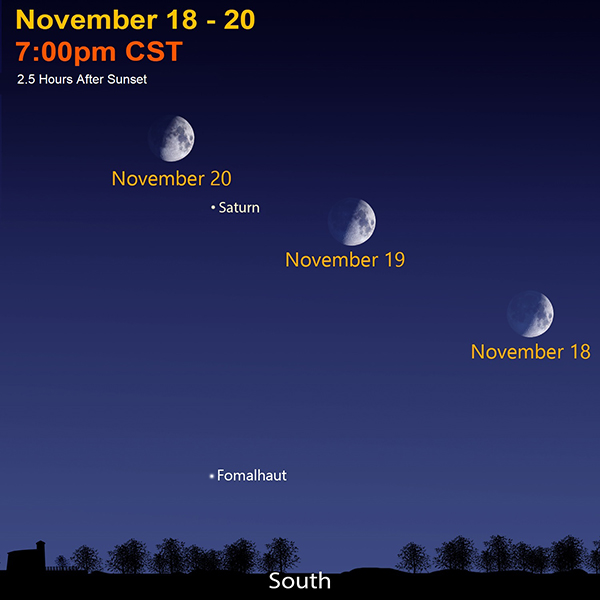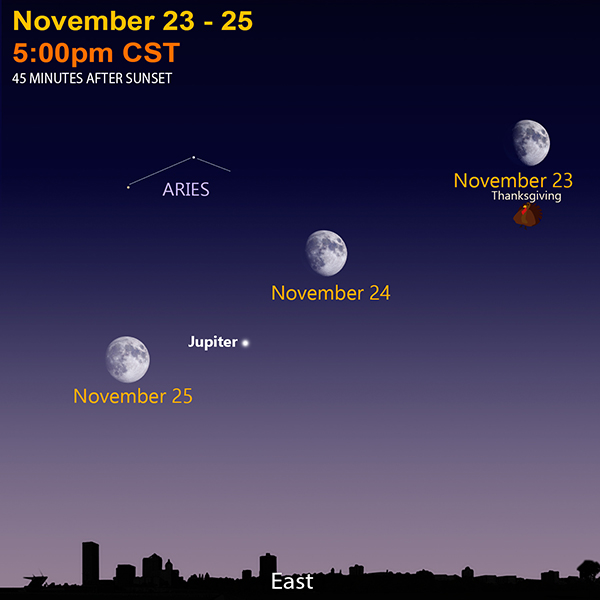Cosmic Curiosities
"Do not look at stars as bright spots only. Try to take in the vastness of the universe."
- Maria Mithcell, American Astronomer
100 Years Ago
Time to wind back the clock to 1923!
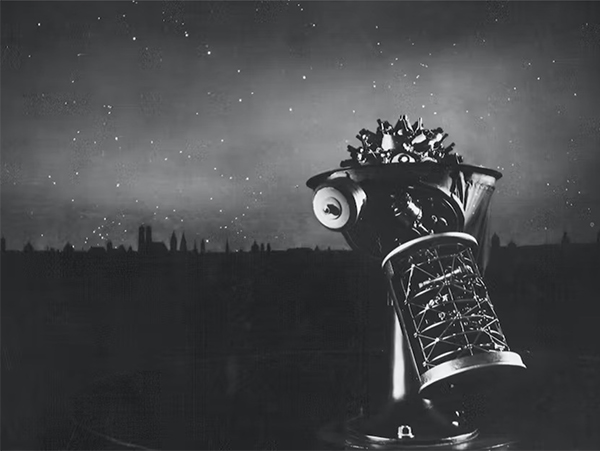
Image Credit: Zeiss
The planetarium, in the modern sense of the word, was born 100 years ago in Germany. A gorgeous artificial sky was created by a sophisticated new projector; that looked strange, almost alien. The audience sat comfortably under the dome. They waited for the first planetarium program to start. Then, the room slowly darkened. Gasps could be heard. Soon, all were enthralled as they gazed into the starry heavens, forgetting the cosmic majesty above them was all a simulation.
On October 21,1923, the first planetarium sky program took place at the Deutsches Museum in Munich. The sky projector was later called Modell I. On May 7, 1925, the ZEISS Planetarium in the Deutsches Museum began regular operation.
The planetarium has evolved quite a bit since those early days in 1923. Back then, it was basically Earth-based—looking at the night sky from our planet’s surface.
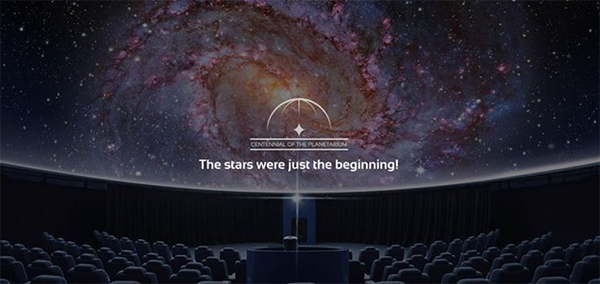
Image Credit: International Planetarium Society
It took a while, but today, planetariums can go anywhere! Thanks to countless discoveries and advances in computer technology, awe-struck travelers take trips through the solar system, out to distant galaxies, and even down a precarious black hole. And finally, a planetarium takes you back home to Earth, where the planetarium does what it does best: project a glorious night sky far from city lights. The planetarium is truly an essential experience.
Currently, there are more than 4,000 planetariums around the world. More than 140 million stargazers visit them each year. A hundred years ago, planetariums may have begun to grow and blossom, but so did the universe itself!
In 1923, we discovered the Andromeda Nebula was really a separate galaxy. It was a giant city in space filled with billions of stars, farther away than most everyone realized. This story begins with Edwin Hubble. He, with the help of many others, made this a surprise finding at the Mount Wilson Observatory near Pasadena, CA. He was using the new and powerful 100-inch Hooker Telescope, the biggest in the world at the time.
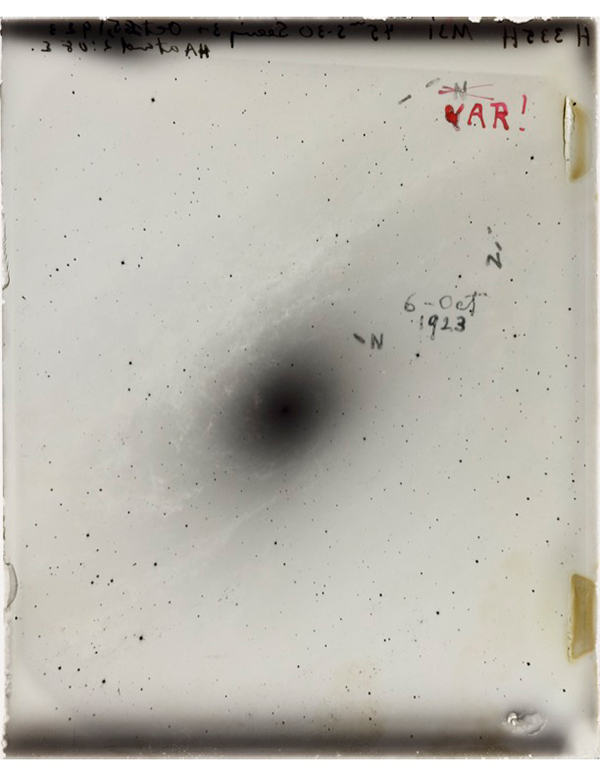
Image Credit: Andromeda taken by Hubble October 6, 1923
On the night of October 5-6, 1923, while peering intensely at the Andromeda Nebula, Hubble noticed a unique star he thought was a nova. Later, using prior observations, the star turned out to be a Cepheid star. Cepheids are variable stars. They change their brightness over regular cycles. Cepheids are very useful for determining cosmic distances. Hubble measured its luminosity (how bright it was) and its period of variability.
This Cepheid variable star in Andromeda was very faint. This told Hubble the variable star is much farther away than anything else known! Using other Cepheids, Hubble calculated the distance to this star in the Andromeda Nebula. He proved the Andromeda Nebula was too distant to be a part of the Milky Way and was, in fact, a separate galaxy. Soon, other spiral nebulae were shown to be galaxies, laying far beyond the Milky Way.
A funny note: It took a while before astronomers started to call these nebulae galaxies. Hubble, in fact, never called them galaxies. Until the day he died 30 years later, he always preferred calling the distant spiral the Andromeda Nebula.
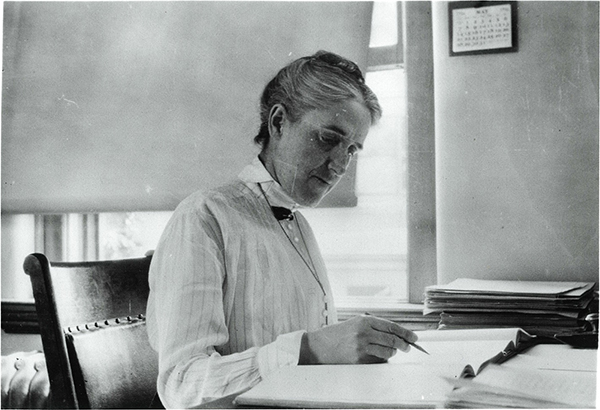
Image credit: Harvard-Smithsonian Center for Astrophysics
It’s also very important to mention that it was Henrietta Swan Leavitt who derived the period-luminosity relationship for Cepheid variable stars. She discovered this back in 1912. The discovery of a bigger universe 100 years ago was met with great resistance from many scientists. However, the new findings profoundly changed our view of the cosmos and our place in it.
The Seven Sisters
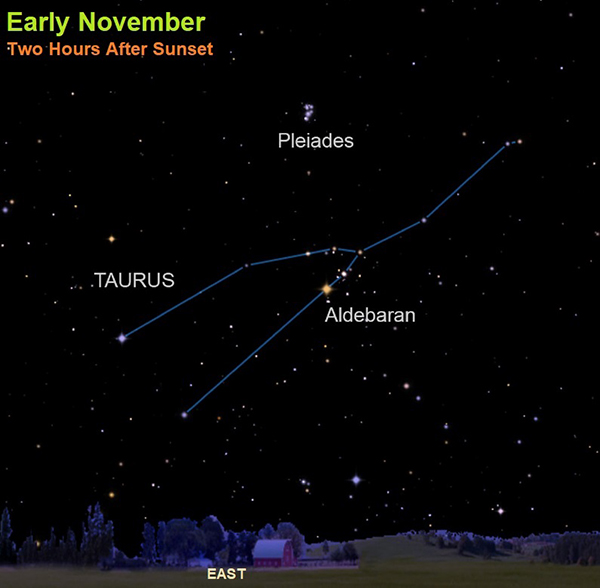
This time of year, the Pleiades is very popular with sky-watchers. Also called the Seven Sisters, this jewel of shimmering stars rises as the sun sets and is up all night in the sky. It is in the constellation Taurus, which also features the bright red giant star Aldebaran.
The Pleaides is an open star cluster that contains a lot more than seven stars. There are roughly 1,000 stars in this group, bound together by gravity. The stars will not stay together. Throughout time, millions of years, they will get dispersed by encounters with other stars as well as gravity interactions with the spiral arms in our galaxy. Our sun had “sibling” stars, but they have all scattered away. The Pleiades stars have an average distance from Earth at around 444 light years.
Many stargazers see the seven sisters and mistake them for the Little Dipper, which is logical. These stars look more like a little dipper than the real Little Dipper, or Ursa Minor.
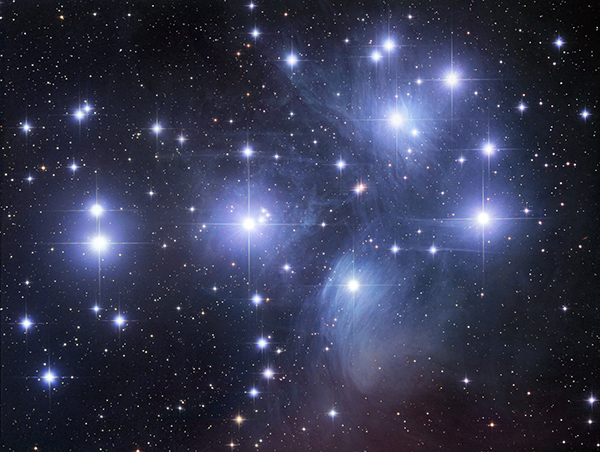
Image Credit: Robert Gendler
The nine brightest stars are named after Atlas and Pleione and their seven daughters. The ages of the stars in the cluster vary between 75 and 150 million years—making them fairly young as stars go. Our sun is five billion years old and has another 5 billion years to shine.
A possible drawing of the Pleiades dates to 1600 BCE with a depiction of the cluster on the Nebra sky disk. However, it is possible that the cave paintings in Lascaux depict the constellation of Taurus and the Pleiades dating back to 15,300 BC. The stars were also found in several ancient calendars including India, Mesopotamia, and Greece.
The Pleiades name is Greek. It is thought to mean “to sail,” as these stars were used for navigation. In Japan, these stars are known as Subaru. Find a Subaru car today and look at the emblem or logo—it looks like the Pleaides in the sky. In Thailand, the cluster is referred to as the “Chick Stars.” The Vikings and Hungarians also interpreted this star cluster as a hen with her chicks.
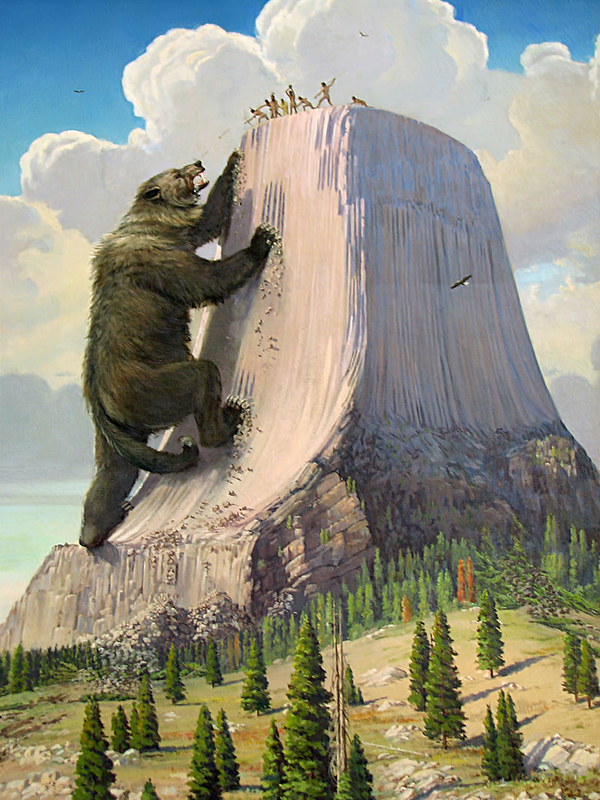
Image Credit: Herbert Collins
A story of the Pleiades from the Kiowa (kai-uh-wah) tribe is also tied to Devil’s Tower in Wyoming. The tale says seven girls were being chased by a bear. They climbed onto a rock and asked the Great Spirit to help them. The rock suddenly grew taller and taller to help them escape the bear. It kept growing until it launched the girls into the sky, and they became the Pleiades. The grooves in the sides of the Devil’s Tower are from the bear’s claws, as it scratched and scratched trying to climb the rock.
Space in Sixty Seconds
Travel back in time 100 years to see the birth of the planetarium and some huge astronomy discoveries.
Sky Sights
Get up early from November 2-4 and catch some gorgeous Moons shining with the stars of Gemini the Twins.
Venus shines crazy bright in the ESE morning sky. Spot a waning crescent Moon nearby from November 9-11.
Saturn shines as a bright “star” in the evening sky. Look for the Moon to orbit by from November 18-20.
On Thanksgiving, November 23, and the weekend after, November 24-25, see Jupiter and the Moon shining together in the east after sunset.
Mercury and Mars, once again, are too close to the sun to be seen this November.
November Star Map
Sign Up
Receive this newsletter via email!
Subscribe
See the Universe through a telescope
Join one of the Milwaukee-area astronomy clubs and spot craters on the Moon, the rings of Saturn, the moons of Jupiter, and much more.
Follow Bob on social media
Twitter: @MPMPlanetarium
Facebook: Daniel M. Soref Planetarium


